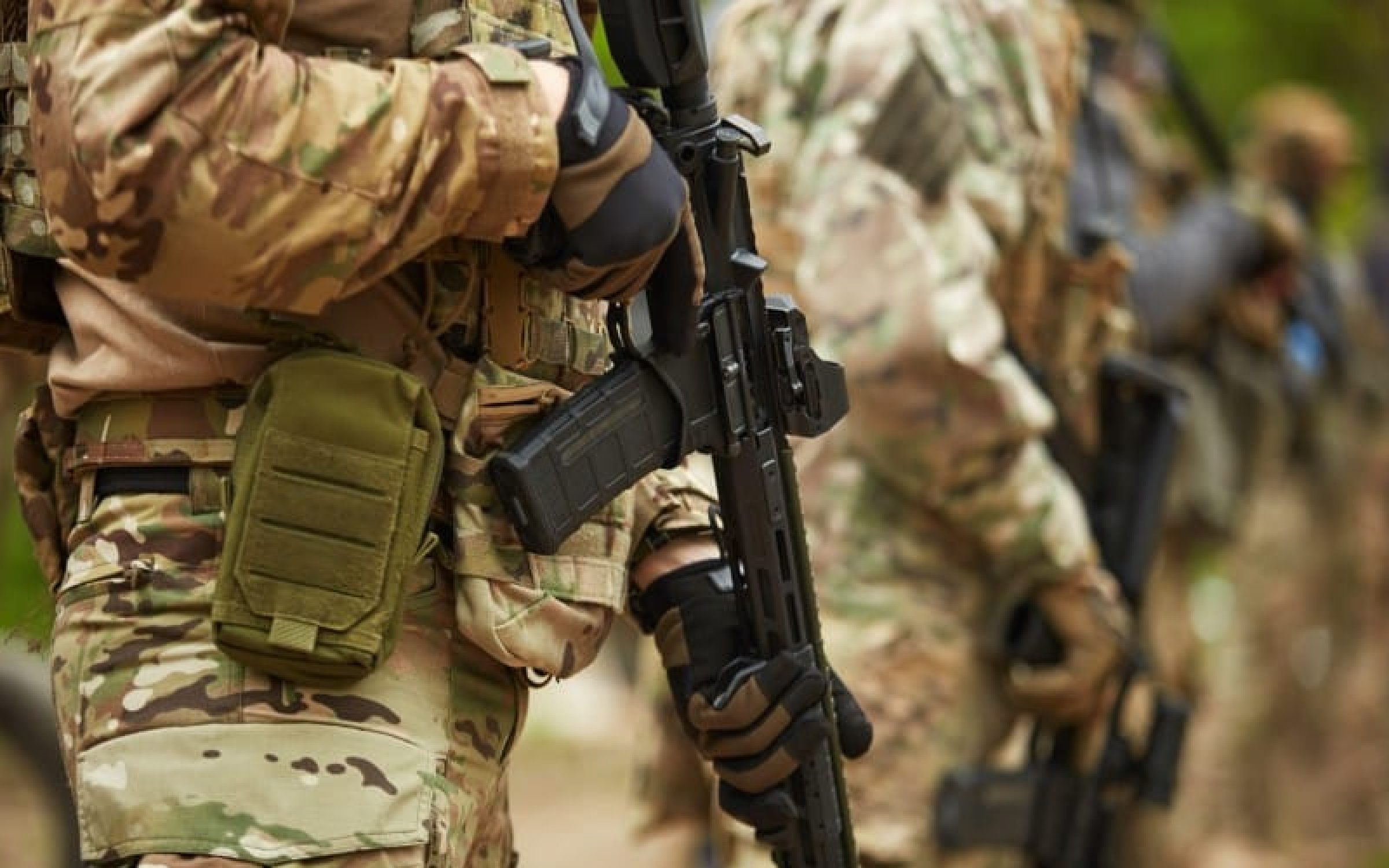Ukraine’s long awaited counter offensive looks as if it is about to spring into summer. It was dubbed ‘the spring offensive’, but the nights are now shorter, the days are growing longer, and the sun hotter.
The war is also heating up. What the military calls “shaping operations” have been underway for at least a month. Some appear part of a psychological offensive, others aimed at probing Russian defences and keeping the enemy guessing as to where a serious push forward might take place. This gives Moscow’s senior command an extra headache – where to move forces from and to.
May 3rd saw the drone attack which hit the Kremlin’s golden dome, although Kyiv denied responsibility. A series of drone strikes followed many targeting oil facilities. Among them were Tver, 90 miles from Moscow, and Afipsky, and Ilsky. The latter was hit several times over three weeks. Afipsky and Ilsky are refineries about 50 miles east of the Black Sea port of Novorossiysk which is used to supply Russian forces in Ukraine. A military training area and a reconnaissance ship have also been struck.
There was an unusual event on 22 May. Anti-Putin Russian volunteers called the ‘Freedom of Russia Legion’ which is based in Ukraine crossed into the Belgorod region. They advanced several miles into Russia and claimed to have captured villages before either being pushed back after two days of fighting. Kyiv denied direct involvement but the equipment the “Legion” was using suggests otherwise. Strategically, the foray was of little use but the force proved that Russia’s borders can be penetrated which was an embarrassment to the Kremlin and must have caused unease among the public.
This week, around 20 drones attacked Moscow with several exploding in the capital damaging apartment buildings. Again, the Russians were reminded that their borders are not secure.
Nerves are jangling. That may explain why Russian soldiers blew up a road linking the occupied Ukrainian region of Chernihiv with the Russian city of Bryansk near the Ukrainian, Belarus, and Russian borders. It suggests troops feared an attack was coming in the area.
Given the Ukrainians’ propensity to spring surprises nothing can be ruled out, but it’s doubtful Chernihiv will see the fiercest fighting. In the summer of last year, Ukraine signalled it would launch a major assault in the south which caused the Russians to move forces there only to see the Ukrainian army punch through their depleted forces in the north near Kharkiv. As we approach this summer, there is little overt signalling, more a range of activities designed to keep the Russians off balance.
Kyiv has a range of options. The Ukrainians could advance in multiple areas thus inhibiting the defending force’s ability to take troops from one area to shore up another. They could feint a massed attack at one point along the line but then strike the real blow elsewhere, or they could try and advance along huge swathes of the front line.
The latter option seems the least likely. They have new equipment, newly trained brigades, and experienced troops, but they don’t have the numbers for a sustained attack along a long front. As previously discussed, an attempt to punch through in force in one area while conducting limited advances elsewhere appears more conducive to the Ukrainian’s force structure and the terrain.
The flat land in the south, which has a decent road network, would suit the Ukrainian’s skill in mobility and innovation. If they could break through all the way to the coastline of the Sea of Azov, they would split the Russian forces in two, and, possibly cut the land bridge from Russia to occupied Crimea.
Splitting the Russian forces would give Kyiv options. They could head up into the Donbass region, or down towards Crimea. Either way, many more Russian targets would come into range for Ukraine’s newly acquired long range artillery and their drones. Success in the south would even endanger Russia’s Black Sea fleet currently anchored in Sebastopol.
The Russian military must play its part and continue to show the appalling ineptitude displayed over the last 15 months. After the enormous losses in men and material, the use of clearly inadequate equipment, and the reliance of increasingly reluctant conscripts, morale is surely low. The Russian troops, waiting in their trenches behind the tank traps and minefields can only be fearful for the futures.
The Ukrainian high command has spun the roulette wheel, the Russian high command must now place their bets on when and where the blows will come. If they get it right their lines may hold. If they get it wrong, all bets are off.
Write to us with your comments to be considered for publication at letters@reaction.life




